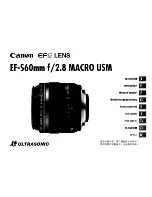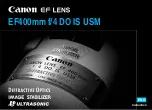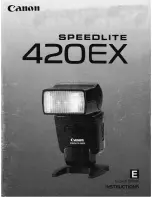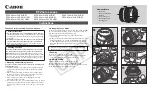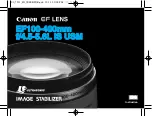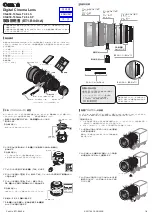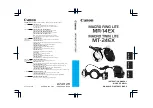
In cameras with «P» configuration or later shutter
there is no ambient light measurement made. If
a flash bar is in the shutter socket a flash picture
will result regardless of the ambient light level.
On early cameras, an ambient light measurement
is made during the flash delay period. Since the
photocell aperture is a part of the shutter blades,
the amount of reflected light reaching the cell will
also be a function of focusing distance. the shutter
electronics delays firing the flash lamp until the
shutter has opened to the aperture established
by the focus wheel. during this delay period, if
the ambient light level is sufficiently high to cause
triggering of the integrating circuits, the exposure
will be completed and the shutter closed before
the firing voltage reaches the lamp and the lamp
will not be fired.
At the ends of the flash timing interval, the circuit
energizes solenoid #1, the shutter closes, and
the sequence proceeds as in the ambient-light
mode.
If the bulbs in the flash bar are all used when the
operator attemps to make a flash exposure, all of
the previously described circuitly will function up
to the actual firing of the flash lamp. Since there
is no lamp to ignite, no flash firing current will be
drawn.
There will be no output signal from the flash
sequencing circuit, and an ambient light exposure
will be made. On cameras with «P» or later
configuration shutters, the result will be a black
picture unless the ambient light level is high
enough to give an exposure. this is caused by
the fact that «P» and later configuration shutters
have no integrating function as long as a flash
bar is inserted in the socket. Early cameras have
a twenty second time-out period even with a flash
bar inserted in the socket. Therefore, if the flash
bar is exhausted, a properly exposed picture
will result if the ambient light is great enough to
produce one in twenty seconds.






























